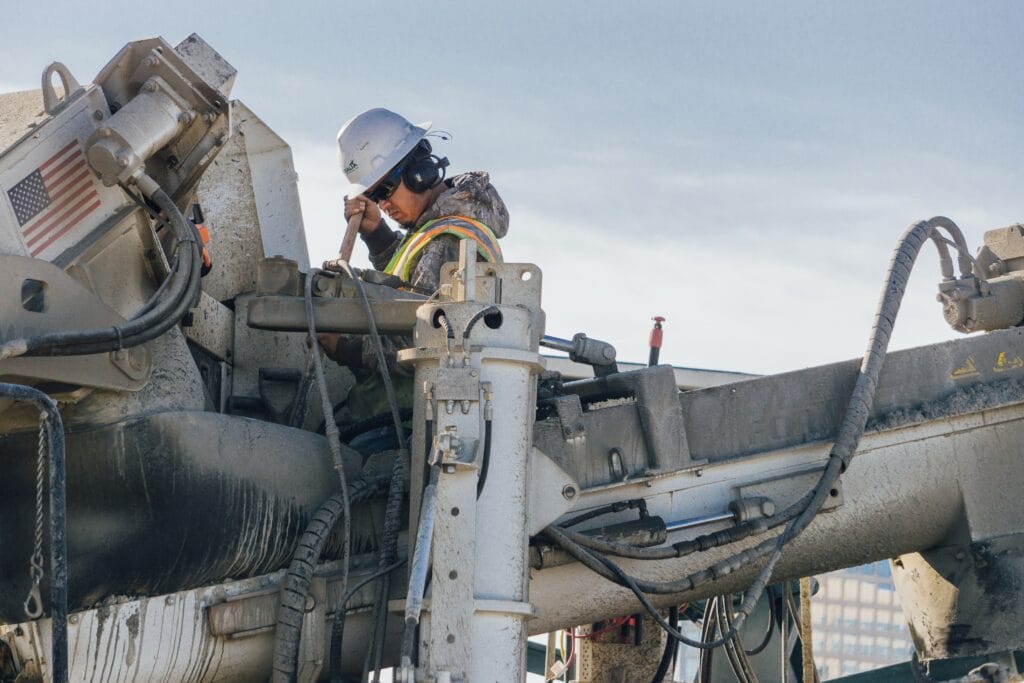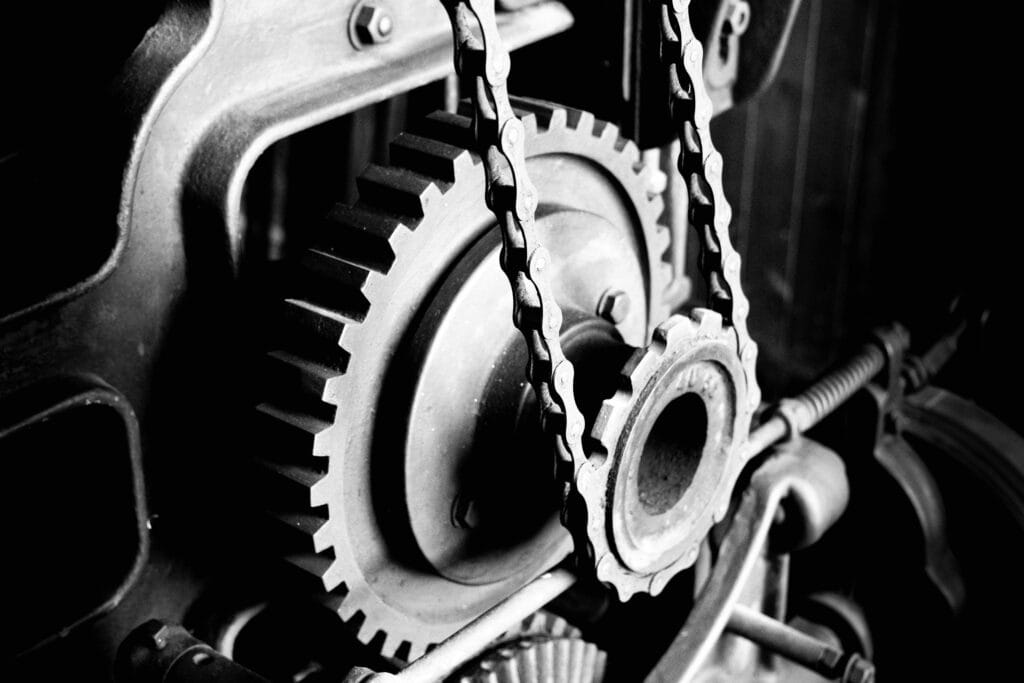
Exporting machinery, the rules outside the European Union
Machinery represents one of the main types of products exported from Italy both within the European Union and outside these borders.
The export process involves adhering to certain rules and regulations, which in turn must be included within a broader strategy, which evaluates the company's potential and the objectives that can be achieved in the medium/long term.
Beyond the business model adopted (direct sales, through distributors, joint ventures, etc.), the goods must comply with specific technical regulations, which will affect the actual possibility of penetrating the foreign market.
The requirements necessary to sell outside the EU
When we talk about the movement of goods outside national borders, it is of particular importance to be sure that you have the right qualifications required by the country you wish to import into.
It is necessary to make a specific application to the customs administration to obtain the EORI (fundamental for selling abroad), i.e. the registration and identification number of economic operators, which can be obtained by submitting the application to the competent customs administration.
This number is recognized throughout the European Union and is functional for carrying out all customs operations necessary for the export procedure.
Then there are countries with which the EU has established agreements that provide for lower tariffs. In these cases, you can request the EA (which certifies the status of authorized exporter) or the REX status (registered exporter).
The choice to obtain one or the other acronym depends on the type of agreement stipulated between the EU and the country in question.
The EA provides that you can fill in “declarations of origin” for the goods you wish to export, while the registered exporter (REX) status means that you can enter “statements of origin”.
Both wordings demonstrate compliance with the rules established by the agreements made between the EU and the country of destination.
Customs declarations can then be simplified in accordance with the provisions of the European Union Customs Code (CDU).
This is particularly useful when exports are frequent and you can count on experts in customs procedures, such as a Temporary Export Manager.
Documents for exporting to a non-EU market
It is essential to ascertain the possible presence of restrictions on the trade of the product in the destination country.
As specified above, these tariffs may even be reduced to a minimum or canceled if there is a specific trade agreement with the EU.
The other required requirements will be strictly linked to the export market.
In particular, certain conformity certifications may be necessary for machinery, especially in terms of safety.
For example, certain products may need to be packaged and labeled according to certain rules established by the destination country.
To establish the responsibilities of the international seller and the buyer, such as customs clearance procedures, you can refer to the rules established by Incoterms®, that is globally recognized standard whose terms are included in national and international contracts, offering a certain point of reference for importers, exporters, lawyers, transporters and insurers working in the world of international trade”.
Net of these specifications, the following declarations must be produced for customs:
- origin of the goods
- Destination Country
- commodity codes
- customs regime codes
- value of the goods
- export certificates and/or licenses
The export declaration must be submitted before the goods leave, so that the export customs office can carry out all the necessary supervision.
This is a subject that can be complicated to deal with if you do not have the necessary skills and experience. In this, as for all other aspects related to internationalization business, Octagona can help you decisively, helping you obtain the necessary documents to sell the products, even the machinery.
Exporting machinery to the United States: an example to know
As we have seen, each country may have different rules when it comes to exporting.
If we take the United States as a practical case: machinery represents the first type of product exported from Italy to the United States (18.2% of the total). To carry out the sale in the United States of these products, there are two main ways to choose from to start this procedure:
- Obtaining a specific mark from the relevant NRTL (Nationally Recognized Testing Laboratory) institute;
- Export without this certification) subject to carrying out certain control tests which confirm compliance with certain safety standards required in the USA).
In the United States there are multiple marks to indicate the safety of the machinery, the most widespread is the UL mark.
The latter is issued, like the others, by NRTLs, i.e. places where recognized tests can be carried out throughout the United States.
In the absence of a UL mark or other certification, the manufacturing company is obliged to ensure that its machinery still meets the requirements of the tests carried out in the NRTL laboratories.
Another possible way to sell machinery in the United States is to opt for the so-called "Field evaluation".
In this case the machinery is controlled directly, but generally it is possible to follow this method only when the last phase of construction of the machinery itself takes place on US soil
If you wish to export machinery or any other type of goods outside the EU, we invite you to contact us. We will answer all your questions comprehensively, showing you what we can do to make your business strong and successful in an international context.





